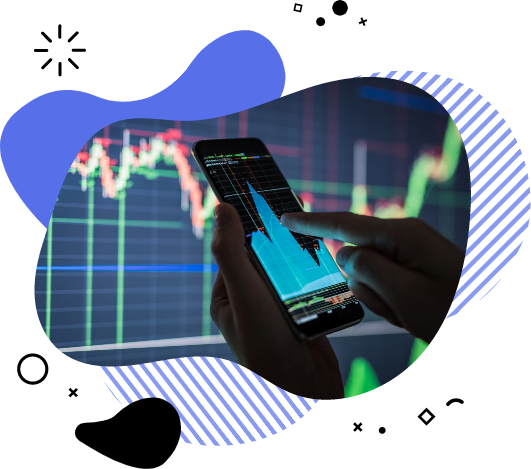
Facts about Silver
Discovered around 5,000 BC, it was one of the first 5 metals to be found. It’s a precious metal that is often overshadowed by Gold. There are dedicated silver mines, however, most production comes as a byproduct of gold, copper, lead and zinc mining. Mexico is currently the largest producer. The word silver comes from the Anglo-Saxon word seolfor. No word rhymes with the English word silver. The words for “silver” and “money” are the same in 14 languages. It is a transition metal element, with the symbol Ag, atomic number 47, and atomic weight of 107.8682.
Silver is a soft, white, lustrous metal, it exhibits the highest electrical and thermal conductivity and reflectivity of any metal. Its value comes as a result of its many uses, in the production of jewellery, coinage, electrical devices, and photographic equipment. Historically its antibacterial properties saw it being used to deal with infections in WW1 and before this as currency in the form of silver coins.
The Dynamics of the Silver Market
• In 2021 according to the Silver Institute demand for silver will rise by 5% while supply will only increase by 3%. To add some colour to this the Russia – Ukraine conflict led to Kinross suspending operations at its Kupol mine in early March. This produced 104t of Ag in 2021.
• Industrial demand for silver is forecast to rise by 6% to new record highs this year. New applications in vehicle electrification, and renewables, especially photovoltaics, to name a few are creating new demand for the metal.
• Silver is vulnerable to supply disruptions, more so than gold because there are few pure-play silver mines. 60% of silver is utilised for industrial reasons leaving only 40% for investing purposes (80% of that 60% ends up in the landfill.)
• On the supply side, global silver mine production is expected to rise 2.5% compared to last year, reaching 26,226 tons. Putting that into perspective forecast demand will be 34,270 tons.
• Gold trades as an investment commodity influenced by factors like the US dollar, inflation, interest rates and sovereign bond yields. Silver on the other hand trades like an industrial metal mostly as a result of these industrial applications but is also a safe haven asset. This can cause explosive moves when demand is strong for both thematics. From March to September 2020 the price of silver moved from $13 to $28 an ounce.
• It is considered an investment safe haven in times of economic uncertainty, like gold. With its lower price, it is sometimes seen as the poor man's alternative, giving it a broader reach as a way to protect your wealth from inflation.
• Exchanged traded securities, such as ETFs & ETPs have provided greater access to the metal. In theory, these securities are backed by physical metal and can be traded easily on exchanges around the world. This adds to demand, with some analysts predicting is nearing a point where vault-stored silver will need to be topped up to satisfy further buying of these types of asset-backed securities.
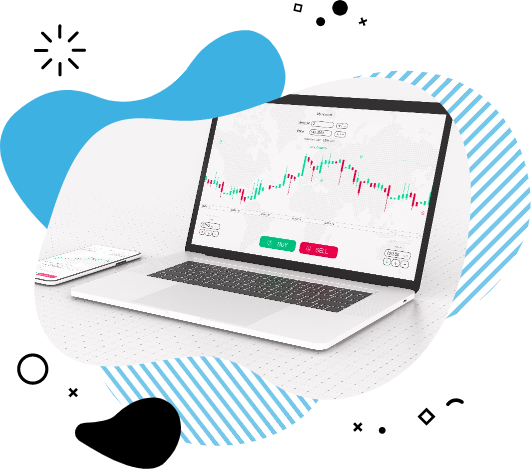
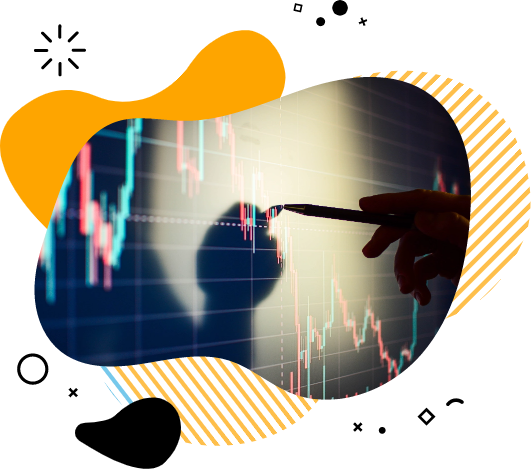
How do I Find the Best Trading Opportunities in the Silver Market?
Historically the price of silver has shown great volatility which provides opportunities for traders of all levels to capture these moves and make a profit. In just over 2 decades silver has traded a range from under 5 USD to an all-time high of 49.45 USD and currently sits around 20 USD. Understanding the fundamental factors that influence the price of the silver market will give you better insights as to when to buy or sell the precious metal to make a profit. To add to the information already provided the following is a list of some of the factors that may have an effect on the price of silver:
• Supply and demand for silver
• Overall economic conditions
• Technical price levels
• Rate of inflation
• Prices of gold – the gold to silver ratio
• Rate of interest
• Usage of silver and technology
Supply and demand are important factors when considering the value of something. Equally as important when trading or speculating is to understand the players in the market and the structure of that market. The price is affected by market conditions (including large traders and investors, as well as short selling), the demand from the industrial, commercial and consumer sectors, gold prices, the US dollar, and financial stress hedges, all though not exhaustive these will all play a part in the price determination process. Silver is generally denominated in US dollars which needs to also be thrown into any decision-making.
How to Trade Silver?
The buying and selling of physical silver would be the most tactile way to get exposure. Through ownership of coins or bars. The biggest marketplace for silver is London where banks and brokers handle dealings with global clients. Trading is done bilaterally over the counter (OTC) between institutions. To access this you need to have a relationship with one. Silver futures are standardised, exchange-traded contracts in which a buyer agrees to take delivery from the seller, of a specific quantity, at a predetermined price and date in the futures. In reality, most futures are not held until deliver but swapped for later-dated ones. The largest trading in silver futures is on the Shanghai Futures Exchange in China and CME Groups. About half a billion ounces of silver is traded each day on these exchanges. A full silver futures contract is for 5,000 troy ounces, for 19 USD per ounce, the contract has a notional value of 95.000 USD.
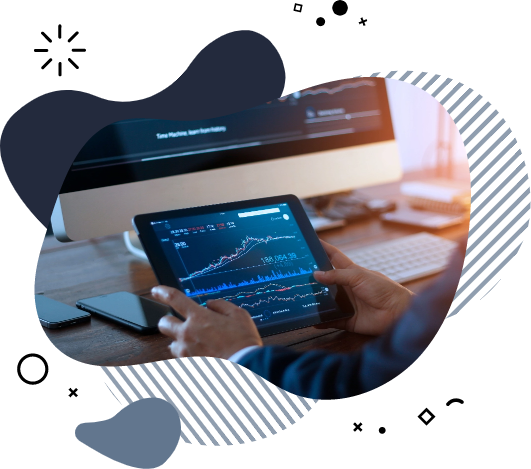
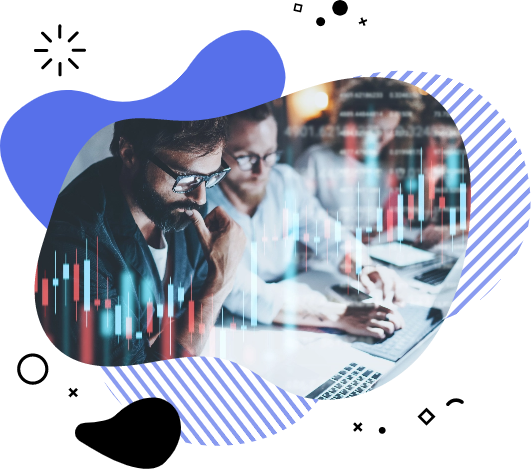
Alternative ways to Gain Exposure to Silver Prices
Silver ETFs or ETPs: A silver exchange-traded fund (ETF) primarily follows the price of silver because it is backed by a certain amount of silver or a collection of billions which are stored in a vault.
Silver stocks and mutual funds: If you want to invest in silver via mutual funds or stocks, you will first need to find companies or fund that mines silver or that are using it in some aspect of their business, such as production or distribution.
CFDs and OTC contracts: With the growth of retail trading and advances in technology through electronic communication networks (ECN). Through the aggregation of many traders by companies like FairMarkets, trading is now available to a broader segment in smaller increments, using leverage, with an incredible speed of execution and with lower costs. Making trading from your mobile phone a reality.
Why Choose Fairmarkets for Silver Trading?
FairMarkets provide silver CFDs denominated in US dollars. The ticker for this is XAGUSD. This is an easy way to access the silver market with the smallest contract being equal to 100 ounces and giving retail traders leverage of 10:1.
Let's look at an example. Inflation is rising, and so are interest rates, the silver price is under pressure you take a view that the price will continue to fall and want to trade this idea. You open a FairMarkets trading account which gives you access to a broad range of global markets including silver. You sell 0.5 silver CFDs which gives you exposure to 500 ounces of silver for 19 USD for a notional exposure of 9500 USD. This requires you to post a margin of 950 USD. Let's say you are right and you buy back your position at 18 USD, and you make a 500 USD profit. If you are wrong and your stop loss gets triggered at 19,5 USD you make a loss of 250 USD. That simple. Depending on the account type you will pay a small transactional fee for selling and buying, and interest on the position if you hold overnight.
The silver market is exciting with its uses for safe-haven investing, and commercial purposes creating a unique supply & demand story. This results in price volatility which creates unlimited opportunities for traders to take advantage of!
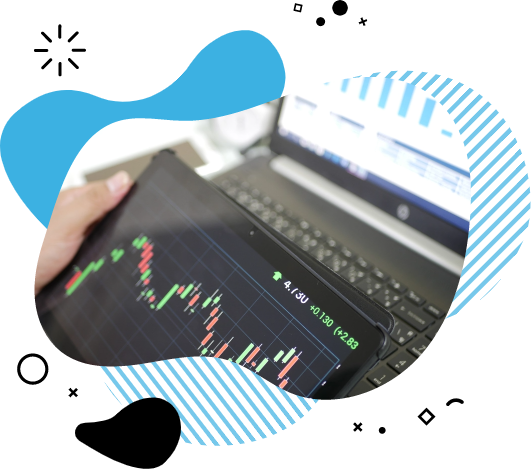
F.A.Q
How can I purchase silver shares?
You may acquire silver stocks or CFDs on silver stocks through a broker or derivatives provider such as Fairmarkets. When you make an investment in silver stock CFDs, you gain exposure to the underlying stock without the complications of owning the underlying share.
How can I get exposure to silver at the current market price?
Silver prices are determined by trading on the futures exchange amongst other things. FairMarkets will hedge positions in the futures markets and these market conditions are then passed on to clients when they use silver CFDs.
How are silver futures traded?
Silver prices are determined by trading on the futures exchange amongst other things. FairMarkets will hedge positions in the futures markets and these market conditions are then passed on to clients when they use silver CFDs.
Can I trade silver on MT4 and MT5?
Yes. Using silver CFD liquidity through FairMarkets you will be able to trade silver prices on both the MT4 and MT5 platforms.


